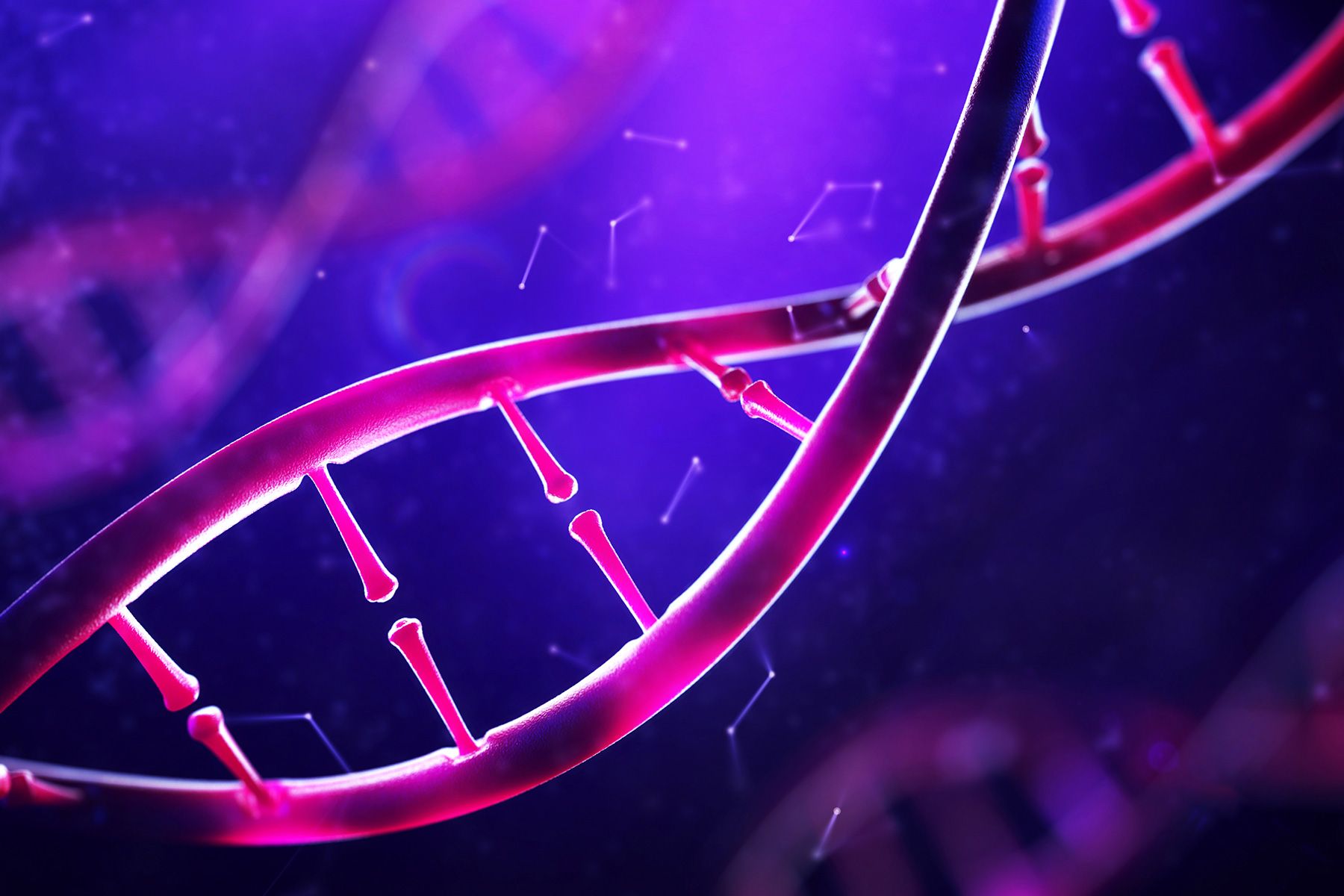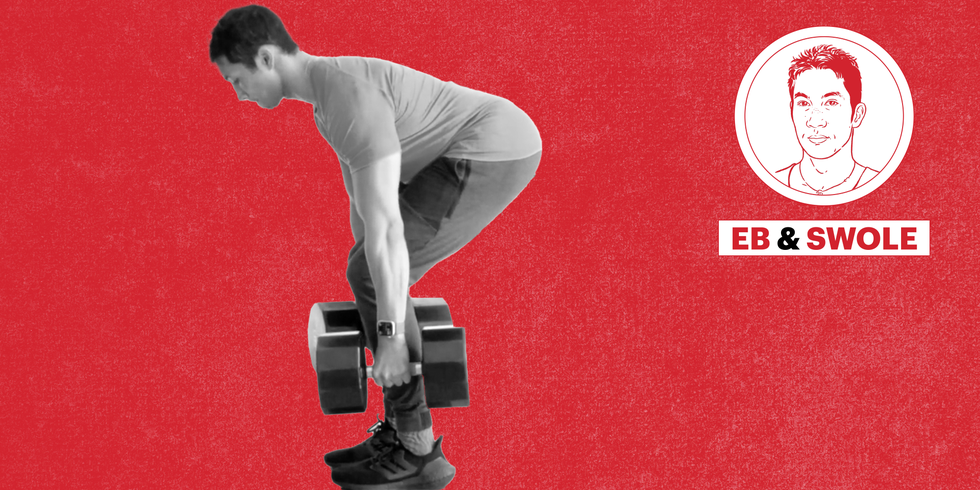We actually do crave intimacy. “Avoidants do feel intense emotions, including deep and consuming love,” Iris*, 26, who identifies as avoidantly attached, tells SELF. We just need to feel like our independence is intact before we can let our walls down and connect. Dr. Levine, in his practice with clients and in his upcoming book, draws a similarity between gaining the trust of avoidant attachers and winning over outdoor cats: Leave the food out and they will come, he says. In other words, give us time and space to develop trust, insofar as that works for you, and we will eventually feel safe with you.
We feel a lot. Avoidantly attached adults are feeling a lot more than we’re letting on. When we feel emotionally distressed, instead of reaching outward, we tend to delve inward. If we’re shutting down, it’s likely a sign that we’re so flooded with emotion that we feel overwhelmed. “Big emotions can be overwhelming and hard to sort into words,” Iris says. “And I tend to remain quiet about them for that reason.” It can take longer than might be comfortable for you for us to process our feelings and express them clearly. We may need to pause conversations when we feel dysregulated and come back to them later. It’s our responsibility to communicate that—and make good on the promise to return to the discussion. It’s helpful, though, if you don’t push us to talk when we’re activated.
We need help being vulnerable. “When an avoidantly attached person experiences their human vulnerability, it can be really uncomfortable and even flat-out terrifying,” Chen explains. “Their history has convinced them that those needs won’t be met, so they really want to get away from that feeling.” But, of course, vulnerability is a key part of intimacy. On our end, we need to work on unlearning vulnerability as scary. On yours, creating a safe atmosphere for us to practice vulnerability, so long as that’s also safe for you, can help us learn this new skill set.
Yes, we need time and space alone, but that’s about us, not you. The way that avoidants regain a sense of safety is generally through self-regulation. Allowing us time and space alone can help build the trust that we need to connect. Given ample alone time to build safety, Dr. Levine explains, avoidant attachers can (and do) become more comfortable in relationships and desire more intimacy—taking care of ourselves allows us to be able to show up as more present and healthy in our relationships. Communication early on about expectations around time together and apart can help manage everyone’s needs—or let you know if a potential romantic partnership is a mismatch.
We are incredibly sensitive to criticism—real and perceived. Many avoidants have a deep-down fear of being “wrong,” of trying our hardest and somehow still failing. Chen explains that while “being sensitive to criticism is healthy,” avoidantly attached people can be “more dysfunctionally sensitive to criticism when they don’t trust that they’re lovable even when they’re flawed.” She suggests that if someone wants to offer feedback to someone who’s avoidant, they should “find nonthreatening contexts for the conversation” like sitting side by side or going for a walk. And when it comes to delivering your concerns, using “I statements” and finding common ground can keep the conversation from becoming contentious.
It’s worth repeating: In the end, us avoidant people are responsible for our own growth.
A supportive relationship can, as I mentioned, go a long way toward helping avoidants feel more trusting and comfortable with intimacy, but the real work lies with us. And, like most self-improvement pursuits, Dr. Levine says that the first step to healing our attachment is accepting ourselves. “It’s really, really important for avoidantly attached people to understand that, yes, there may be a need to have a little bit more distance from people, but that’s okay,” he says. “You don’t have to beat yourself up for it.”
That’s how I’m working with my attachment: allowing it to be the foundation that it is, while also learning new ways to respond in relationships—through lots of practice. And feeling more deeply understood and receiving compassion from others really goes a long way in creating the safety for me to do just that.
*Name has been changed.
Related:
Note: This article have been indexed to our site. We do not claim legitimacy, ownership or copyright of any of the content above. To see the article at original source Click Here












